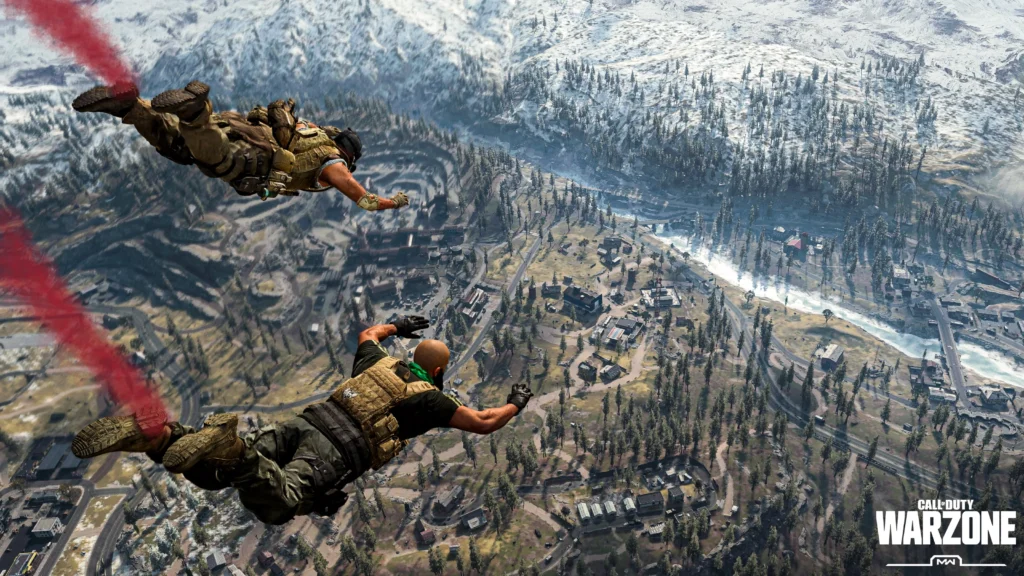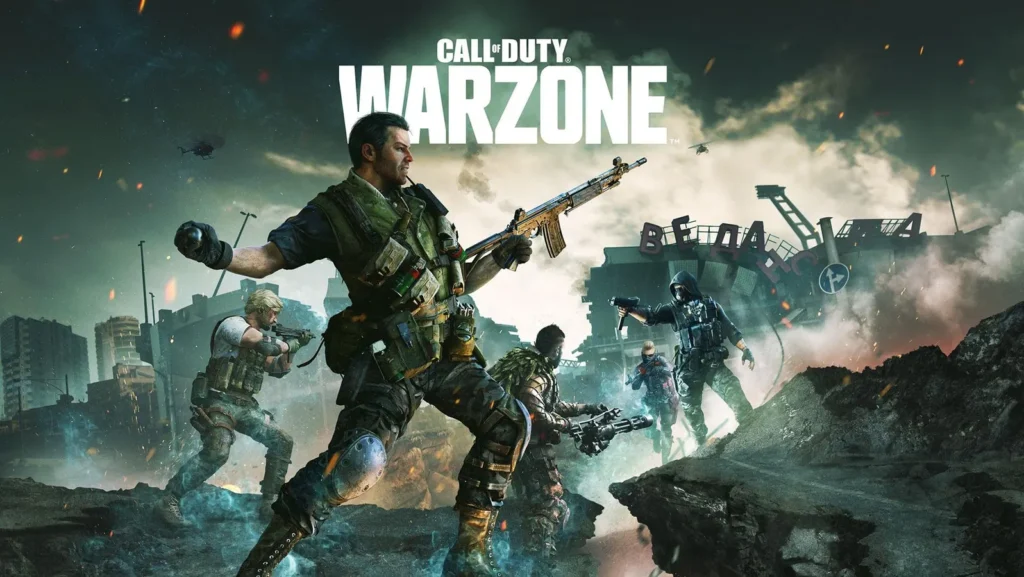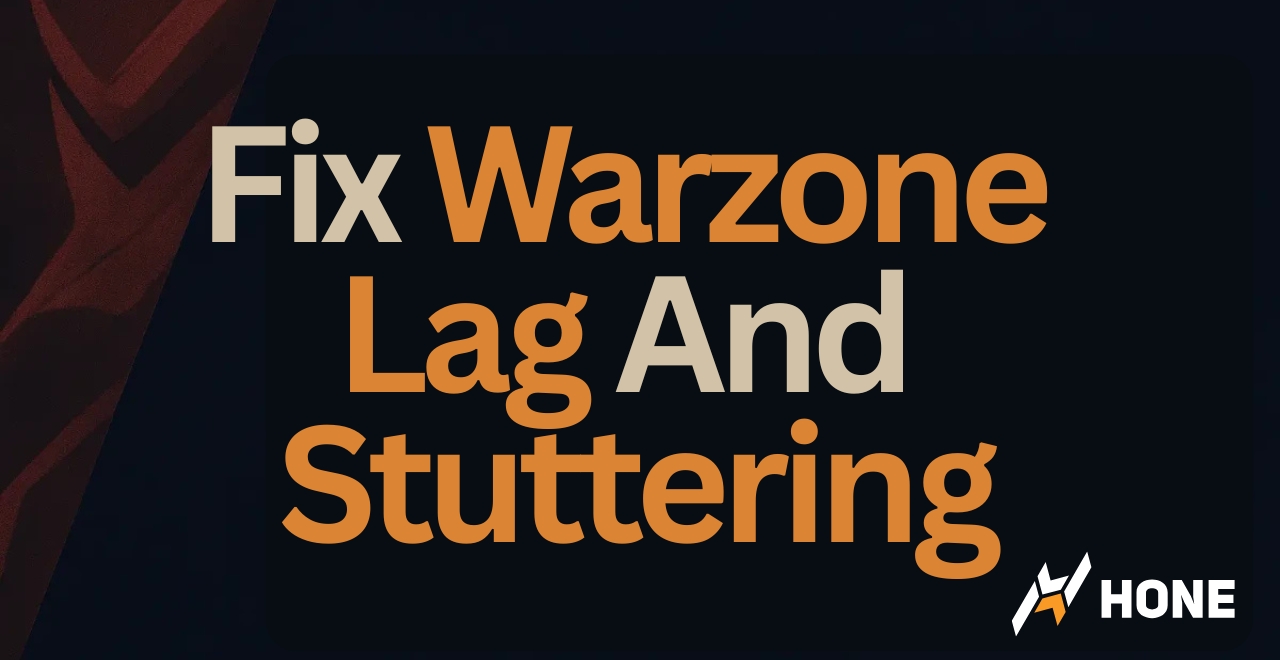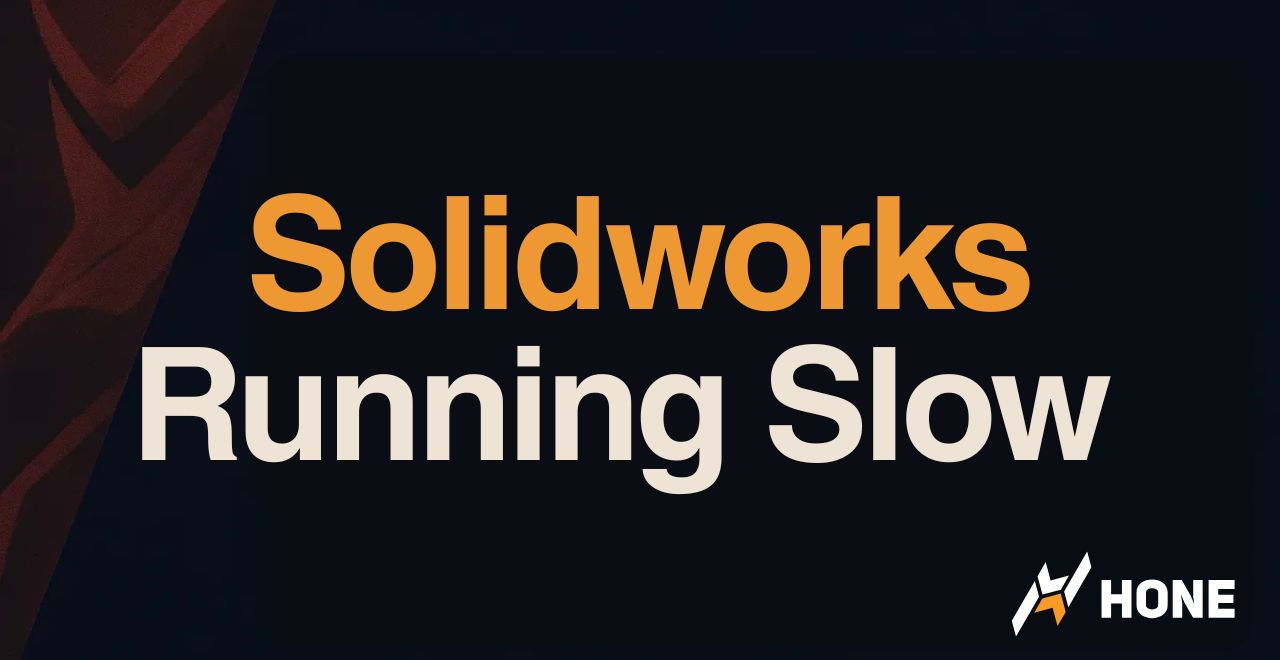Nothing kills the Warzone vibe faster than lag spikes and stuttering. One moment you’re lining up the perfect shot, the next you’re watching a slideshow of your own death. I’ve spent countless hours troubleshooting these issues, and I’ll walk you through every fix that actually works.
- Lag (Network Issues): Delayed responses, rubber-banding, teleporting enemies, hit registration problems
- Stuttering (System Issues): Choppy visuals, frame drops, micro-freezes, inconsistent FPS
- High Ping: Check in-game telemetry – anything over 100ms is problematic
- Packet Loss: Even 1% causes severe gameplay issues
- FPS Drops: Monitor with in-game counter – sudden drops indicate system problems
- VRAM Overflow: Exceeding GPU memory causes severe stuttering
Quick Diagnosis: What’s Your Problem?

Before diving into fixes, you need to identify what’s actually wrong. Warzone performance issues fall into two main categories, and fixing one won’t help the other.
• Delayed actions
• Rubber-banding
• Teleporting enemies
• Hit registration issues
• Choppy visuals
• Frame rate drops
• Micro-freezes
• Inconsistent FPS
Network Fixes for Warzone
Network issues are the most common cause of Warzone performance problems. Let’s fix your connection from the ground up.
This isn’t optional. WiFi adds latency, packet loss, and instability. Period.
- Connect your PC/console directly to the router with an Ethernet cable
- Use at least Cat5e cable (Cat6 is better)
- If you must use WiFi, switch to 5GHz band and sit close to the router
- Disable WiFi on your gaming device after connecting Ethernet
Many ISPs throttle gaming traffic. Here’s how to check:
- Run a speed test at speedtest.net
- Note your speeds
- Connect to a VPN (any reputable one)
- Run the speed test again
- If speeds are significantly higher with VPN, you’re being throttled
Fix: Use a gaming VPN or contact your ISP (though they’ll likely deny it)
The classic fix that actually works:
- Unplug your modem AND router
- Wait 60 seconds (actually wait, don’t cheat)
- Plug in the modem first
- Wait for all lights to stabilize
- Plug in the router
- Wait for WiFi to come back
Do this weekly if you’re having consistent issues.
Your ISP’s DNS servers are probably slow. Switch to these:
| DNS Provider | Primary | Secondary |
|---|---|---|
| Cloudflare (Fastest) | 1.1.1.1 | 1.0.0.1 |
| 8.8.8.8 | 8.8.4.4 | |
| Quad9 (Security) | 9.9.9.9 | 149.112.112.112 |
Test each with: ping 1.1.1.1 in Command Prompt. Use the fastest. Keep in mind this may increase the initial connection speed, but will not decrease you ping.
Open these ports in your router for better connectivity:
Router-specific instructions vary, but generally:
- Set a static IP for your gaming device
- Access router settings (usually 192.168.1.1)
- Find Port Forwarding section
- Add rules for each port range
- Point them to your static IP
Run these commands in Admin Command Prompt to reset Windows networking:
Restart your PC after running all commands.
Pro Tip: QoS Settings
If your household has multiple users, configure Quality of Service (QoS) in your router. Set your gaming device to highest priority, or limit other devices to 80% of total bandwidth. Another good solution is buying an SQM router which does this all automatically for you. This prevents Netflix streams from killing your game.
System Optimization: Fixing Stutters & FPS Drops
Stuttering and FPS drops usually point to system-level issues. These fixes target the most common culprits.
Corrupt drivers cause most stuttering. Do a clean install:
- Download latest driver from NVIDIA/AMD website
- Download DDU (Display Driver Uninstaller)
- Boot into Safe Mode
- Run DDU and remove current drivers
- Restart and install fresh drivers
- Don’t use GeForce Experience optimization
Battle.net:
- Click the gear icon next to Play button
- Select “Scan and Repair”
- Let it complete (can take 10-20 minutes)
Steam:
- Right-click Warzone in library
- Properties > Installed Files
- Click “Verify integrity of game files”
Shader issues cause constant stuttering:
- Launch Warzone
- Go to Graphics settings
- Find “Restart Shaders Installation”
- Click it and let it complete
- Do this after EVERY driver update
| Setting | Location | Action |
|---|---|---|
| Power Plan | Control Panel > Power Options | Set to High Performance |
| Game Mode | Settings > Gaming > Game Mode | Enable (test OFF if issues persist) |
| Hardware GPU Scheduling | Settings > Display > Graphics | Test ON vs OFF (restart required) |
| Background Apps | Task Manager > Startup | Disable everything non-essential |
| Windows Defender | Windows Security | Add Warzone folder to exclusions |
| Overlays | Discord, GeForce, Xbox Game Bar | Disable ALL overlays |
NVIDIA Control Panel
| Setting | Value |
|---|---|
| Power Management Mode | Prefer Maximum Performance |
| Texture Filtering – Quality | High Performance |
| Low Latency Mode | On |
| Shader Cache Size | 10GB or Unlimited |
| Threaded Optimization | On |
AMD Radeon Settings
| Setting | Value |
|---|---|
| Anti-Lag | On (test OFF if stuttering) |
| Radeon Boost | Off |
| Image Sharpening | On (70-80%) |
| Enhanced Sync | Off |
| Chill | Off |
Hardware-Specific Fixes
Download HWiNFO64 or MSI Afterburner to monitor temps while playing:
- CPU: Should stay under 85°C (throttles at 90-95°C)
- GPU: Should stay under 80°C (throttles at 83-87°C)
If overheating:
- Clean dust from all fans and heatsinks
- Reapply thermal paste (if PC is 2+ years old)
- Improve case airflow
- Consider undervolting GPU
Minimum Requirements:
- 8GB RAM = Constant stuttering
- 16GB RAM = Recommended minimum
- 32GB RAM = Ideal for smooth gameplay
Enable XMP/DOCP/EXPO:
- Enter BIOS (usually DEL or F2 at startup)
- Find XMP (Intel) or DOCP/EXPO (AMD) setting
- Enable Profile 1
- Save and exit
This can improve FPS by 10-15% on Ryzen systems.
Warzone on HDD = guaranteed stuttering. You NEED an SSD.
- Move Warzone to SSD immediately
- NVMe SSD is best, SATA SSD is acceptable
- Keep at least 20% free space on the drive
- Disable Windows indexing on game drive
Pro Tip: VRAM Management
The #1 cause of stuttering is exceeding VRAM. In Warzone settings, keep the VRAM usage bar below 80% of your GPU's max. If you have 8GB or less, use Very Low textures. Going over = instant stuttering.
Advanced Warzone Lag-fixing Solutions
When standard fixes fail, these advanced tweaks can resolve stubborn issues. Proceed with caution and always test thoroughly.
This Windows security feature can cause DirectX 12 stuttering:
- Open Windows Security
- Go to App & browser control
- Click "Exploit protection settings"
- Switch to "Program settings" tab
- Add Warzone exe (ModernWarfare.exe)
- Find "Control Flow Guard (CFG)"
- Override and set to OFF
- Apply and restart
Only do this if other fixes haven't worked.
This tool can fix Windows 10/11 memory-related stuttering:
- Download ISLC from official source
- Set "list size" to 1024 MB
- Set "free memory" to half your RAM (8192 for 16GB)
- Clean the standby memory before launching Warzone
Note: Results vary. Some users report worse performance.
Can improve 1% lows but sometimes causes issues:
- Check if your CPU, motherboard, and GPU support it
- Update BIOS to latest version
- Enable "Above 4G Decoding" in BIOS
- Enable "Resizable BAR" in BIOS
- Disable CSM if required
- Test thoroughly - disable if performance worsens
When all else fails, nuke the config:
- Navigate to: Documents\Call of Duty\players
- Backup the entire folder
- Delete all files starting with "options"
- Launch game and reconfigure settings
- This forces fresh configs and often fixes weird issues
Warzone-Specific Quick Fixes
| Issue | Quick Fix | Why It Works |
|---|---|---|
| Stuttering after update | Delete config files + reinstall shaders | Updates can corrupt settings |
| High CPU usage | Limit FPS to 3 below refresh rate | Prevents CPU from overworking |
| Texture streaming issues | Turn OFF On-Demand Texture Streaming | Prevents mid-game downloads |
| Menu lag | Limit menu FPS to 60 | Saves resources for gameplay |
| Dev Error crashes | Run as Administrator + disable overlays | Prevents permission conflicts |
| Packet burst icon | Disable crossplay (if on PC) | Reduces server load variance |
Pro Tip: The Nuclear Option
If you've tried everything and still have issues, do a complete fresh install: Uninstall Warzone, delete all remaining folders, clear Battle.net cache, restart PC, then reinstall to an SSD. This fixes 90% of "unfixable" problems.
Prevention: Keeping Warzone Running Smooth

Once you've fixed your issues, here's how to keep them from coming back:
- Restart your router every Sunday
- Check for GPU driver updates
- Clear standby memory using ISLC before launching the game
- Run disk cleanup on game drive
- Reinstall shaders immediately
- Verify game files
- Check if graphics settings reset
- Monitor performance for new issues
- Physically clean PC dust filters
- Check temperatures under load
- Update chipset drivers
- Review and close unnecessary startup programs
When to Upgrade Hardware
Sometimes, optimization can only go so far. Here's when hardware is your bottleneck:
| Component | Upgrade If... | Priority |
|---|---|---|
| Storage | Still using HDD | CRITICAL - Get SSD immediately |
| RAM | Less than 16GB | HIGH - 16GB minimum, 32GB ideal |
| GPU | Can't maintain 60 FPS on Low | MEDIUM - Depends on resolution |
| CPU | 100% usage with GPU under 80% | MEDIUM - Often the limiting factor |
| Internet | Under 25 Mbps or high ping to all servers | HIGH - Consider fiber or cable |
Conclusion
Warzone performance issues are frustrating, but they're almost always fixable. Start with the basics: wired connection, updated drivers, and proper settings. Work through each section systematically.
Remember that Warzone's performance changes with every update. What works today might need tweaking tomorrow. Save this guide and revisit it when new issues pop up.
The key is patience and methodical testing. Change one thing at a time, test thoroughly, and you'll find the combination that works for your specific setup.
Frequently Asked Questions
Why does Warzone stutter after every update?
Updates often corrupt shader caches and config files. Always reinstall shaders and consider deleting config files after major patches.
Is 8GB RAM enough for Warzone?
No. While it meets minimum requirements, 8GB causes constant stuttering as the game uses your page file. 16GB is the practical minimum.
Should I use a VPN for Warzone?
Only if your ISP is throttling gaming traffic. VPNs add latency, so they typically make lag worse unless you're being throttled.
Why is my GPU at 100% but still stuttering?
You're likely exceeding VRAM capacity. Lower texture quality and check the VRAM usage meter in settings.
Does Game Mode help or hurt?
Usually helps, but test both ways. Some systems perform worse with it enabled. If you have stuttering, try turning it off.
Can I fix packet loss?
Only if it's on your end. Use ethernet, check cables, and ensure no one's streaming. If your ISP has issues, you can't fix it yourself.






 Discord
Discord
 Instagram
Instagram
 Youtube
Youtube
 TikTok
TikTok